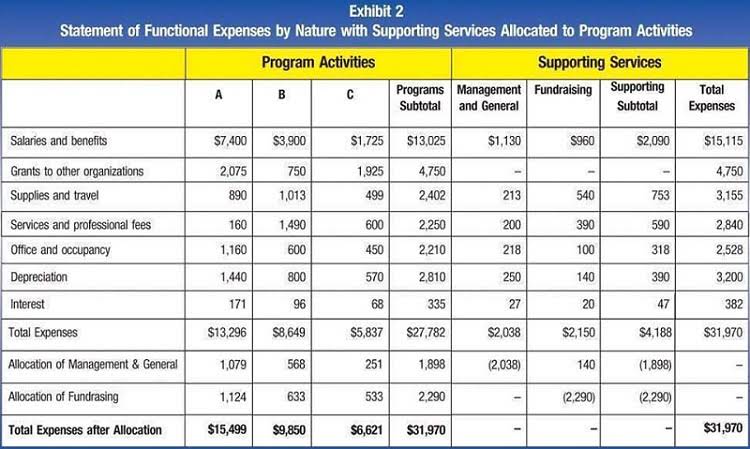
Prior to consumption, are prepaid expenses amortized the entity has an asset because they exchanged cash for the right to a good or service at some time in the future. The key to understanding prepaid expenses is to recognize that they are not expenses at the time of payment, but rather an asset that will be used up over time. This entry reduces the prepaid insurance asset by $1,000 each month, reflecting the portion of the prepaid expense that has been utilized.
GAAP Principles

In this example, let’s assume we purchase a 12-month cyber insurance policy for $1,800 on January 1st, 2023. The term of the policy is only 12 months, therefore we will not recognize any long-term prepaid asset. To recognize the expense of the policy evenly over the policy term, divide the total policy amount of $1,800 by 12 for a monthly insurance premium expense of $150. Typically an entity will pay its insurance premiums at the beginning of the policy period, recognizing a prepaid asset subsequently amortized over the term of the policy. The 12-month rule allows taxpayers to deduct prepaid expenses in the current year if the benefits don’t extend beyond 12 months or the end of the tax year after payment. This rule helps taxpayers claim Accounting For Architects deductions sooner, but requires careful consideration of payment timing and benefits duration.
Example Prepaid Expense Amortization Schedule

Prepaid expenses also provide a benefit to a business by relieving the obligation of payment for future accounting periods. Over time, the prepaid asset’s value diminishes as the related service or benefit is consumed. This process, known as amortization, systematically allocates the expense over the benefit period. For instance, the aforementioned maintenance contract would decrease by $833.33 each month, gradually shifting the cost from the asset account to an expense account. For instance, a company enters a contract with a real estate company to use office space for $5,000 per month. The company signs a 3-year contract and pays the complete rent expense as an annual payment for 3 years as a lump sum amount.

Impact on Financial Statements

From the example, the advance payment is booked as a prepaid expense or specifically under the head of prepaid rent. ABC Co will not book it as an actual expense when such prepayments are actually made. Prepaid expenses decrease the cash flow of a company for the current month; this may affect the payment of current expenses, and this may overall affect the net income. As per the rules of accounting, expenses can only be recorded when they are incurred.
Understanding the nuances of Prepaid Expense Amortization is crucial for accounting professionals, small business owners, and finance students alike. This blog post will walk you through everything you need to know about Prepaid Expense Amortization, ensuring you can manage these transactions with confidence and precision. For example, on 01 January 2019, ABC Co has made assets = liabilities + equity an advance payment for the advertising space on one TV channel for US$20,000 per year until 31 December 2019.
- It’s a crucial accounting process that ensures accurate financial reporting and a clear picture of your company’s performance.
- After understanding the key definitions and different types of prepaid expenses, now it is time to know how to account for the prepaid expenses as well as how to record the amortization.
- Note that this situation is different from a security deposit which is generally refundable.
- They can include expenses like rent, insurance, and utility deposits, which are paid in advance but not yet used.
- By following these best practices and avoiding common mistakes, you can enhance the accuracy and reliability of your financial statements.
- Examples of prepaid expenses include rent paid for the next six months, insurance premiums paid in advance, and utility deposits paid to secure service.
